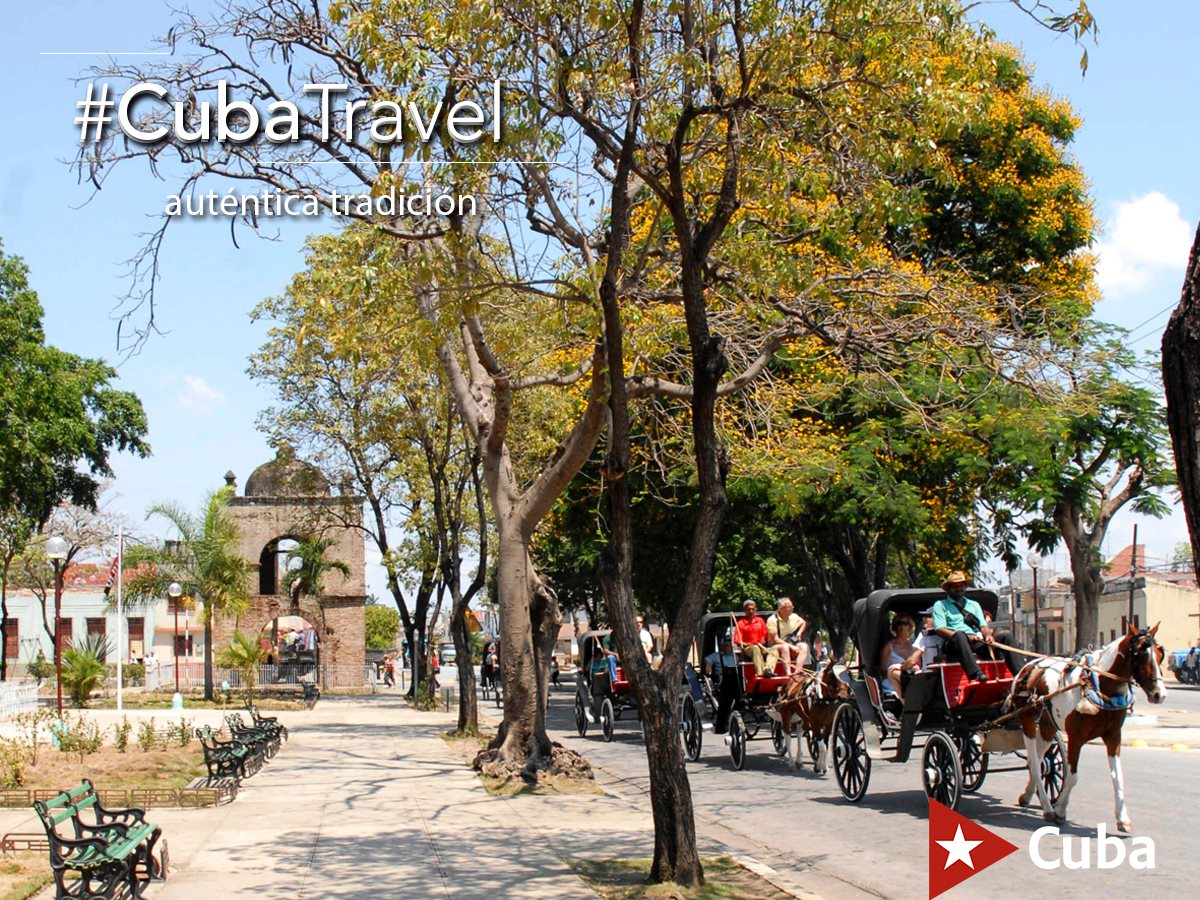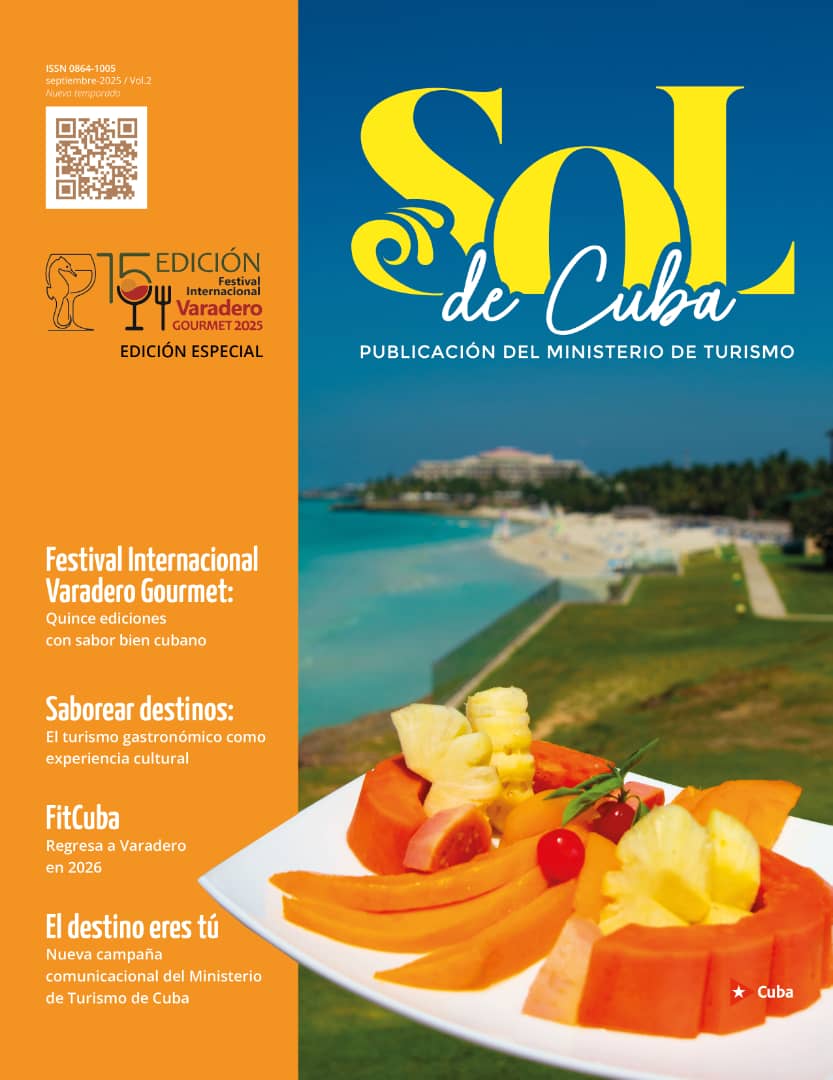Bayamo: Cuban history and culture on every corner
Bayamo celebrates the Fiesta de la Cubanidad on October 20
Posted by Sol de Cuba, 20/10/2025

Bayamo, considered a National Monument and the Birthplace of Cuban Nationality, is the most important city in Granma province.
The Cuban National Anthem was created on its land, in what is now known as “Anthem Plaza,” where it was composed and sung for the first time.
During the capture of Bayamo, on October 20, 1868, the people asked Perucho Figueredo for the lyrics to that song they all knew. The patriot, cross-legged on his horse, wrote the call to arms: “To live in chains is to live / plunged in shame and disgrace.” Since then, those verses have accompanied the nation’s most glorious days. Today, Bayamo celebrates the Fiesta de la Cubanía (Festival of Cuban Identity) every year on October 20, an event that highlights Cuban culture and traditions.
Home of Carlos Manuel de Céspedes, the Father of the Nation
Carlos Manuel de Céspedes, considered the Father of the Nation, launched the Cuban War of Independence at his La Demajagua sugar mill and was the first president of the Cuban Republic. He died fighting against the Spanish on February 27, 1874.
La Bayamesa, Cuba’s first romantic song
Bayamo witnessed the creation of Cuba’s first romantic song: La Bayamesa. It was heard in the early morning of March 27, 1851, from the window of María de Luz Vázquez. Francisco Castillo, known as Pancho, co-wrote the song with Carlos Manuel de Céspedes. The poet José Fornaris wrote the song’s lyrics.
A ransom inspired Cuba’s first literary work
The city achieved notable prosperity due to the active ransom or smuggling trade. It is said that the country’s largest fortunes were amassed in Bayamo. The capture of the island’s Bishop, Don Cabezas y Altamirano, by the pirate Girberto Girón, and his subsequent rescue by Salvador Golomón inspired Cuba’s first literary work: Mirror of Patience.
When Bayamo burned
Bayamo is known by other names such as Torch City and City of Coaches. The first name comes from the fact that during the Great War of Independence, after the city was liberated, the residents decided to set it on fire before being overcome by the Spanish again. The name “City of Coaches” comes from the fact that, since the 19th century, the main means of transportation has been traditional horse-drawn carriages.
Home to the only wax museum in the country.
The only one of its kind in the country, the museum is distinguished by the artist’s mastery of the polychrome wax modeling technique. Popular artists from the municipality of Guisa began wax modeling based on an existing tradition in the area.
Highlights include pieces that reflect peasant customs, such as cockfights and mule herding, giving way to those depicting the native flora and fauna of this region. Figures of representative figures from history and culture can also be seen.
The first open-air cemetery in Cuba and Latin America
The city of Bayamo has on its land the monumental complex known as the Retablo de los Héroes (Altarpiece of the Heroes), which houses the portico tower of the first open-air cemetery in Cuba and Latin America.
This building previously served as the bell tower of the Church of San Juan Evangelista, erected in 1702. When the church was destroyed by the heroic burning of January 12, 1869, its old tower remained standing and was used for several years as the necropolis’s portico.
The park that exists today was rebuilt in 1958, the year in which the Retablo de los Héroes (Altarpiece of Heroes) was erected, with effigies of prominent Cuban patriots and, in the center, a statue of Francisco Vicente Aguilera, Major General of the Liberation Army and Vice President of the Republic of Cuba in Arms, whose remains are preserved there.
San Salvador Cathedral of Bayamo
With the relocation of the town of San Salvador from the banks of the Yara River to Bayamo in 1514, the San Salvador Chapel was built on this site, made of palm and guano. The rudimentary church was transformed in 1600 into a majestic wooden building, characteristic of the 17th and 18th centuries. In 1613, it was proclaimed the main parish church.
On January 12, 1869, with the heroic burning of Bayamo, the church was almost destroyed by the flames, losing its ornamentation and architecture. Only the Chapel of La Dolorosa remained as a witness, which has stood next to the main church since 1740. Today, the cathedral is the only religious institution in the world to possess a mural with patriotic motifs.

